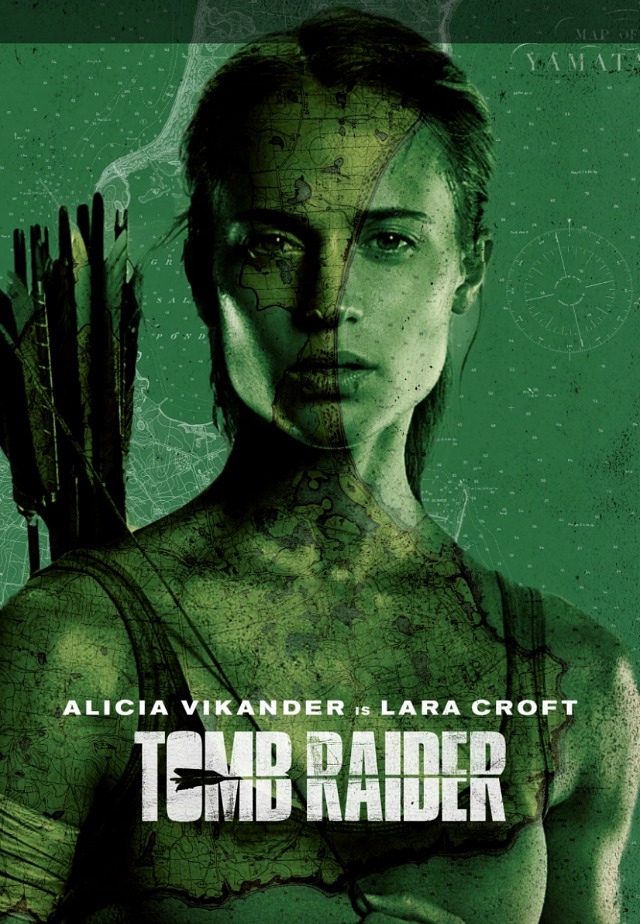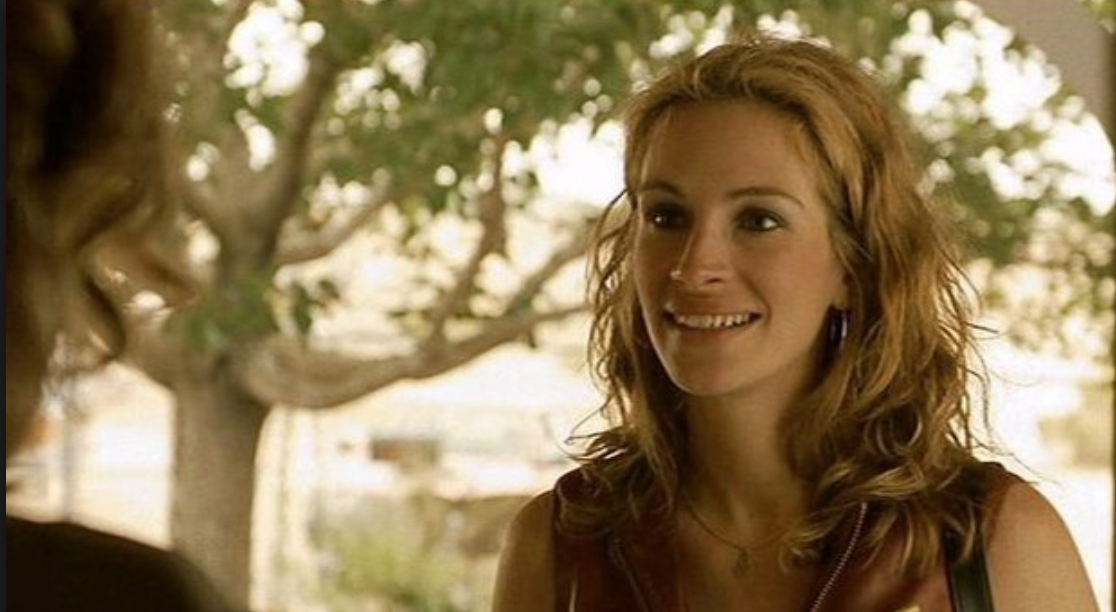Three or four hours ago I saw this boldly colored Todd Alcott post on Facebook. I couldn’t remember the last film that genuinely unnerved me, but one of my all-time unnervers is Michael Tolkin‘s The Rapture, which I first saw…God in heaven, 26 and 1/2 years ago. I started to tap something out, and then it hit me that I’d already written a couple of things about it — a ditty in ’15, a few words in ’11.

It doesn’t take much to get me to riff (or re-riff) on The Rapture. A 7.5.15 posting of a Trailers From Hell commentary on the 1991 film by Tolkin will more than suffice. To expand upon the headline, The Rapture is not just the greatest anti-Christian nutter film of all time but the spiritual father of HBO’s The Leftovers and generally one of the creepiest non-horror films over made.
Posted on 5.20.11: “The Rapture weirded me out on a level that I didn’t fully comprehend at first. So much so that I’ve only watched it twice. It’s not what you’d call a ‘pleasant’ film, but it sinks in and spreads a strange malevolent vibe — a profound unease, disquiet — into your system.
“Mimi Rogers hit her absolute career peak playing a telemarketing swinger-turned-convert who (a) sends her daughter to God with a bullet in the head and then (b) tells God to shove it when He/She is levitating Rogers up to Heaven during the finale.
“David Duchovny and Will Patton costarred. I was so taken by Patrick Bauchau‘s performance as a libertine that I sought him out at a party sometime in the late ’90s and wound up interviewing him at his Hollywood home.
“It’s a thinking-man’s horror flick, and one of the most chilling and profoundly creepy films ever — a perfect bitchslap directed at Godfreaks and the religious right.”








